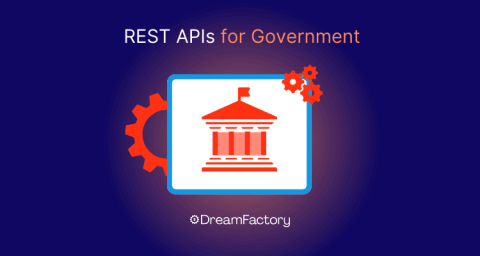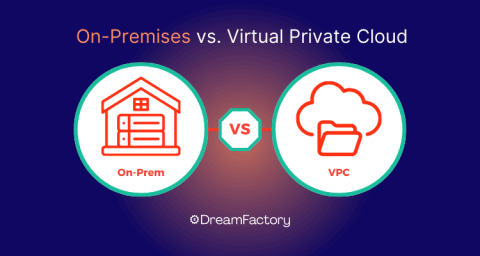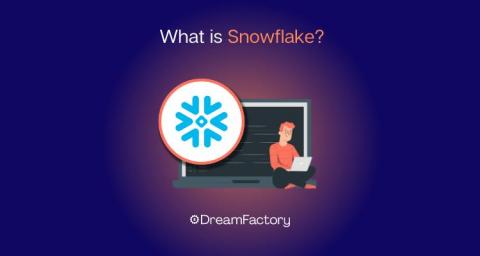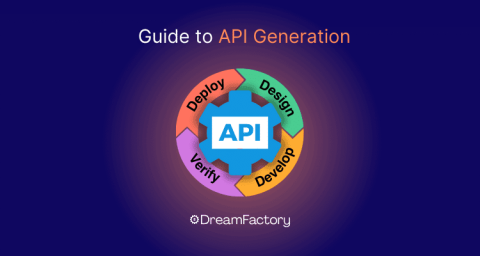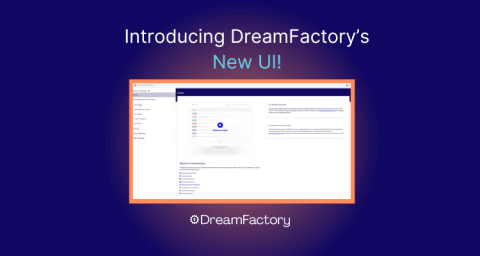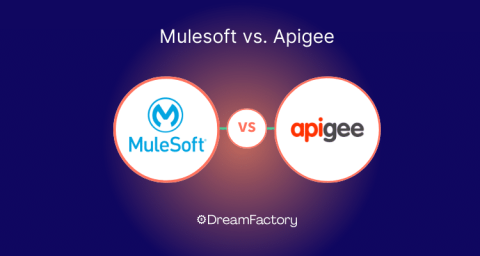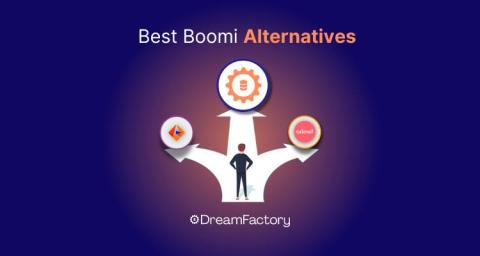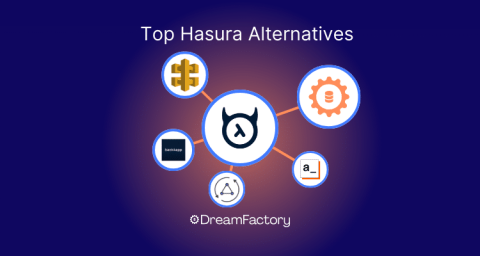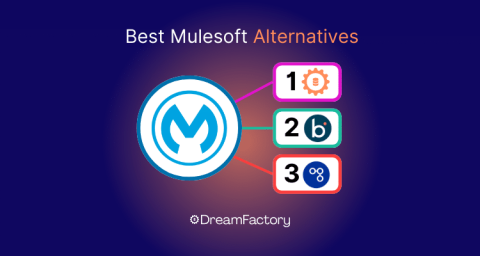REST APIs for Government
REST APIs are emerging as a simple and secure way to access sensitive government data, serving as conduits that enable seamless access and manipulation of data across various government systems. Government agencies face the pressing need to modernize their IT infrastructure to improve service delivery, enhance operational efficiency, and ensure the security of data exchanges.


